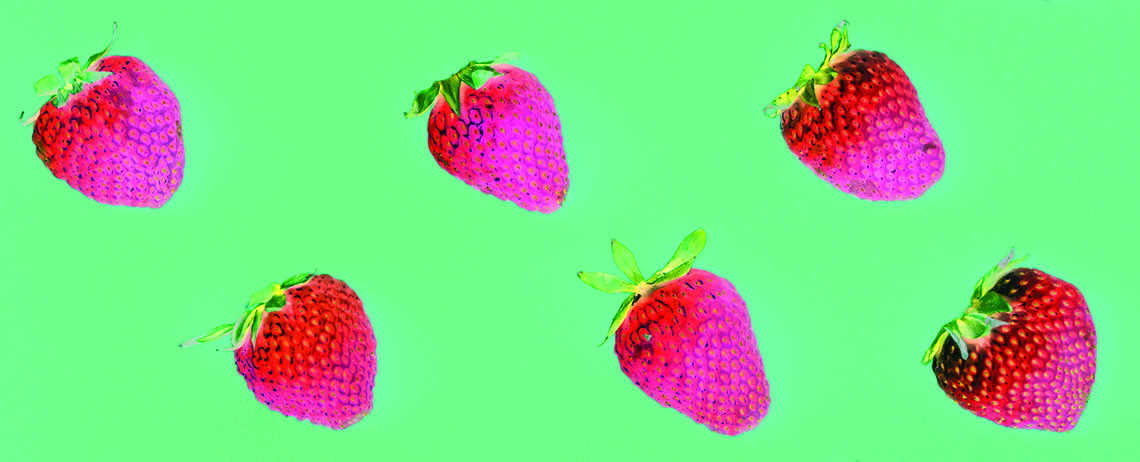What the Australian Strawberry Scare Says About Crisis Management
SafetyCulture News | By | 9 Oct 2018 | 3 minute read

In September, a worst nightmare scenario for any primary producer hit the Australian strawberry industry. Intentional sabotage of the berries with sewing needles caused mayhem. While government and the public threw their weight behind producers, it wasn’t until hundreds of thousands of dollars in produce had already been wasted.
It’s now almost a month on from the start of a saga that has raised flags all industries should keep in mind when considering crisis responses, damage control and consumer action.
The most striking lesson is that it wasn’t the producers who took charge to mitigate negative impact. Rather, it was consumers who rallied behind farmers, contributing to a impromptu PR campaign more effective than the best spin doctor could imagine.
Food sabotage is impossible to foresee or guard against. The best any victim can hope for is to be able to react responsively. But in this case, as the story developed it became clear there was no way to respond cohesively and quickly, because the attacks didn’t affect any one group or company. Producers and retailers across Australia were caught up in it.
Parties to jump in and respond included federal watchdog Food Standards Australia New Zealand, politicians with promises of financial aid and harsh penalties for the culprits, supermarket chains, the growers, and the multiple associations representing growers. The cacophony of voices generated an array of mixed messages—and sometimes—no message at all.
“I think it’s fair to say that the rhetoric from some jurisdictions has actually exacerbated the problem and potentially led to copycat crimes,” the chief advocate for Queensland’s non-profit growers association, Growcom, Rachel McKenzie told the ABC.
As the disaster unfolded it turned from a safety issue to an emotive one. Overseas retailers banned Australian strawberry imports, images of tonnes of dumped, rotting strawberries popped up on social media and stories of workers being laid off began to emerge. But then the public stepped up.
Levels of support and sympathy for farmers already doing it tough in drought-stricken areas were high to begin with, and the emergence of a fresh crisis meant it didn’t take much for that support to turn to action.
Social media lit up with the #smashastrawb and “Cut ‘em up, don’t cut ‘em out” campaigns. People lined up at farms to buy direct from growers. There was a deluge of strawberry recipes being shared online. People took advantage of the cheap prices and turned strawberries into jam, which was sold as fundraisers for farmers.
Australian flagship airline Qantas purchased an extra tonne of strawberries to serve up special drinks and dishes in September. A Queensland craft brewer, Newstead Brewing Co, created a strawberry beer. There were strawberry festival gatherings held nationwide and on every corner cafes, bars and restaurants added strawberry specials to menus as a sign of solidarity.
The reaction has become a positive, unifying reflection of national community spirit. Backing the farmers is part of who we are as a nation, says brand strategist Richard Sauerman.
“When it comes down to it, Australians support the farmers.
“There are already farmers [struggling] with the drought and problems are tough. There’s a mass of empathy…It’s always been in the Australian psyche and people are responding in a way that is pretty strong, and we’ll always do that.”
The long-term picture for the affected farmers is yet to unfold, but there is a clear message that has emerged from the crisis. What mattered to the public was not the damage-control or attempts to reassure consumers.
What mattered was the human face. The stories of the struggling farmers. There was no stronger call to action for the general public than that. And so, on this occasion, it was the people who took control of the crisis and attempted to salvage something sweet.
Important Notice
The information contained in this article is general in nature and you should consider whether the information is appropriate to your specific needs. Legal and other matters referred to in this article are based on our interpretation of laws existing at the time and should not be relied on in place of professional advice. We are not responsible for the content of any site owned by a third party that may be linked to this article. SafetyCulture disclaims all liability (except for any liability which by law cannot be excluded) for any error, inaccuracy, or omission from the information contained in this article, any site linked to this article, and any loss or damage suffered by any person directly or indirectly through relying on this information.





